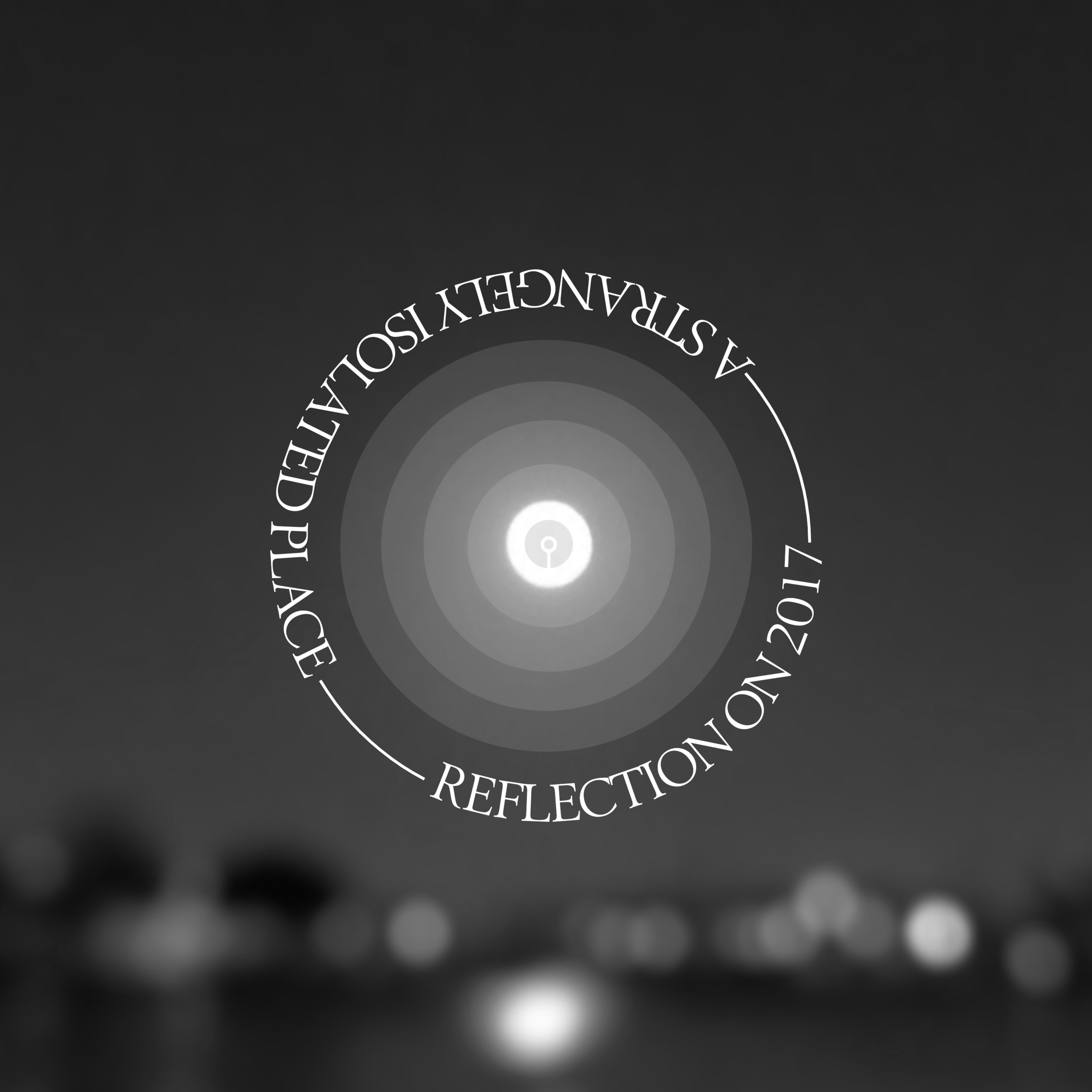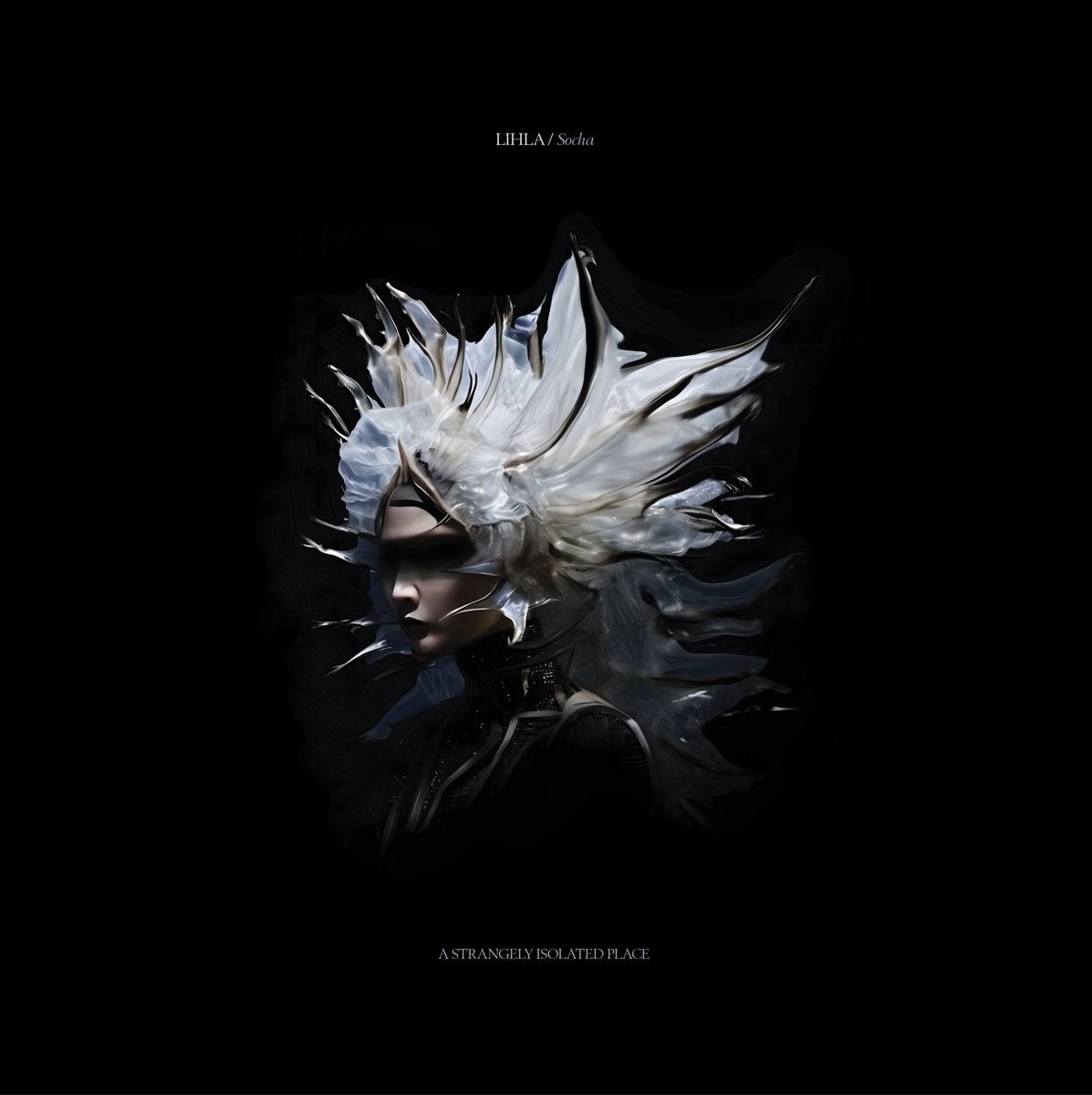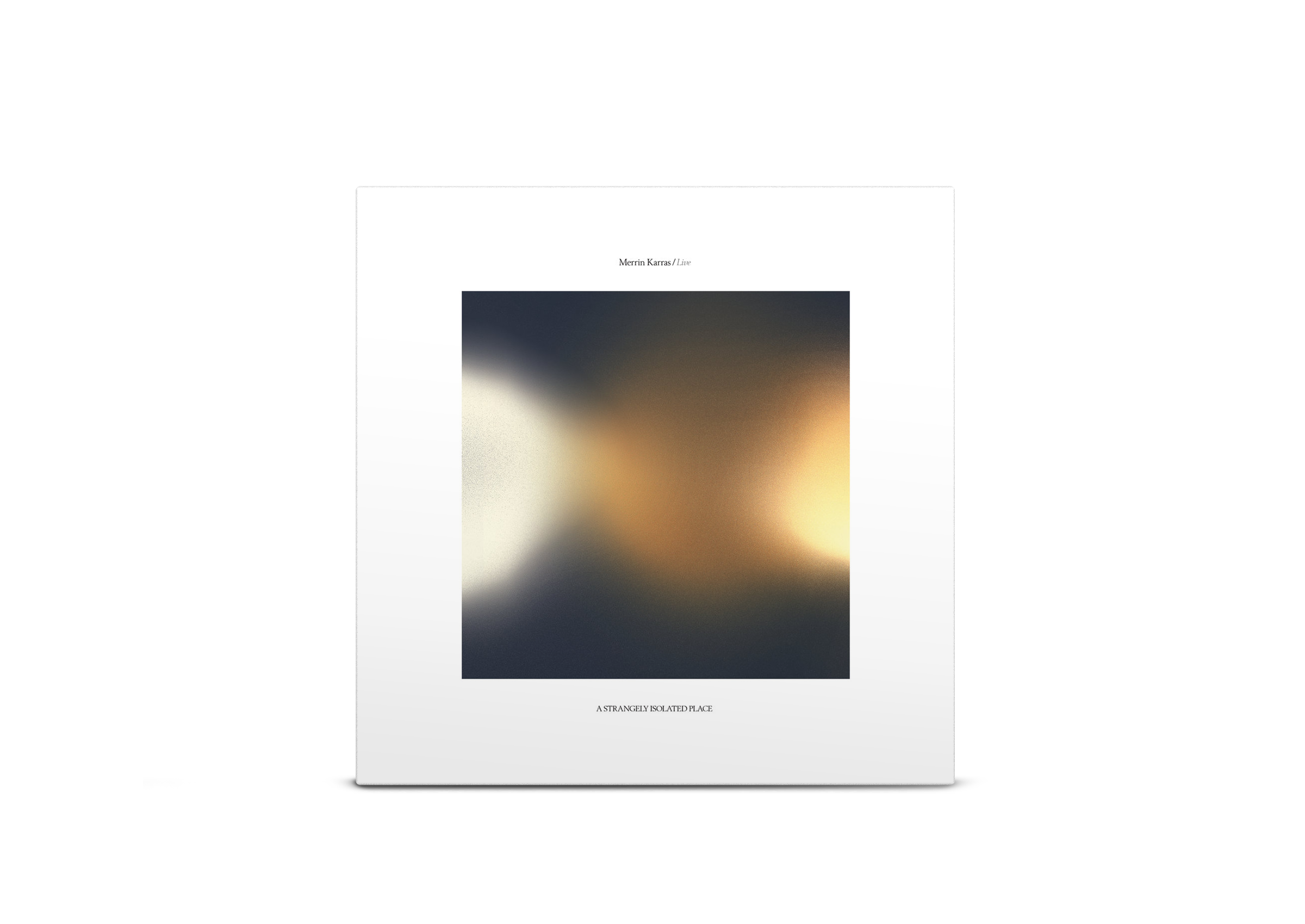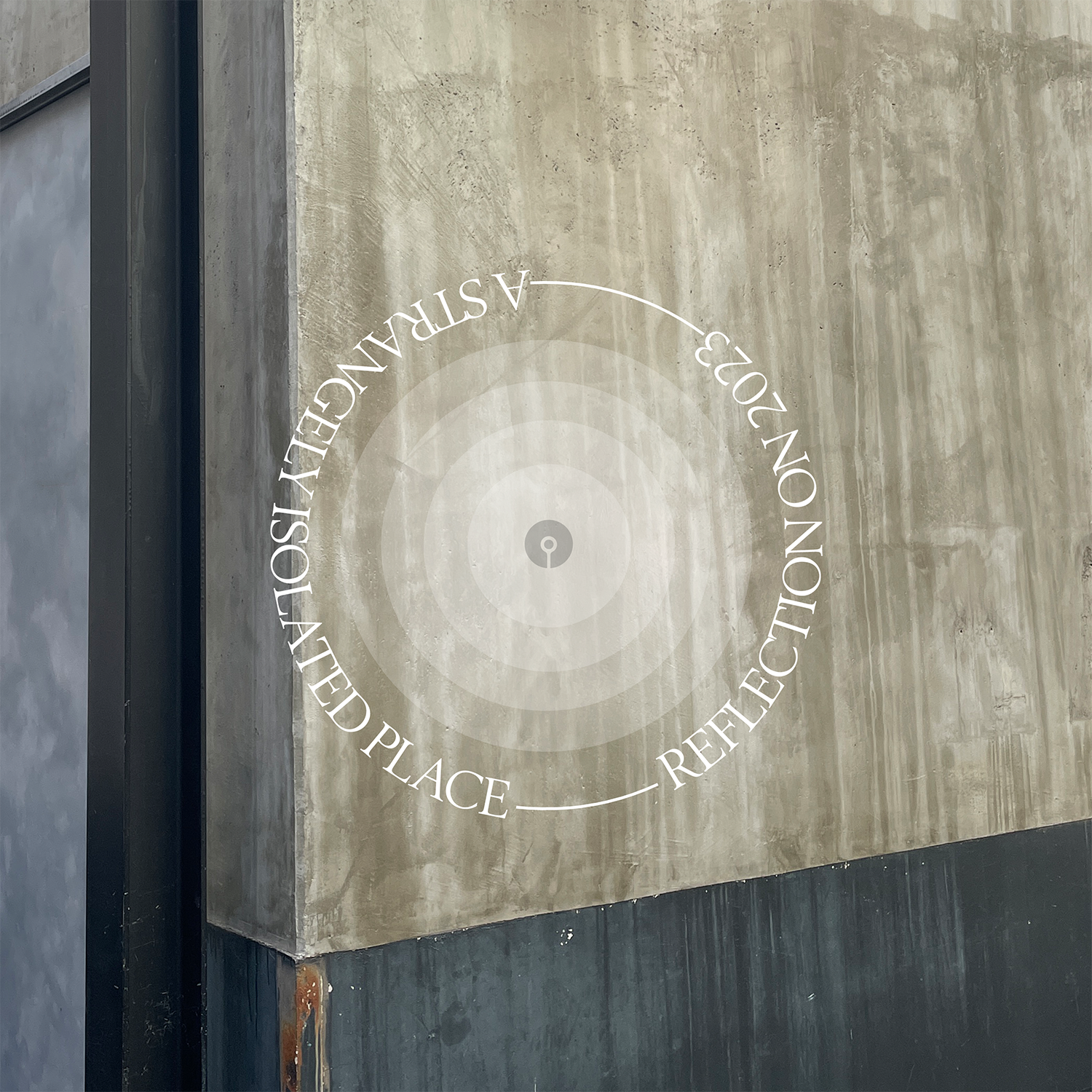2017 was undoubtedly a year for many of us turning to a softer, more comforting style of music to help heal and escape the real world. Many of you reading this probably use the type of music covered here on ASIP as a remedy and form of escapism, and some may just be getting acquainted. Now more than ever, I feel like people are connecting with ambient music, and I see it in the comments, feedback, support and thoughts that accompany each release, friends releases, mixes etc, and and in the growing popularity of the genre in the wider-music spectrum.
We’ve managed to present three vinyl releases this year, and I'm extremely proud of each one. Starting with the organic calming of Lav & Purl's, A State Of Becoming; we then went denser and deeper with Leandro Fresco & Rafael Anton Irisarri's, La Equidistancia. In August, Arovane & Hior Chronik returned for their second album, Into my own. And in the middle of all of this, we experienced the worst possible outcome with our vinyl production (as did many others), but that was put into balance with your amazing support and kind donations for La Espera; the companion EP by Leandro and Rafael, which helped raise funds and get us back on track to continue with a new press (more to come on that one soon, along with news on the vinyl for La Equidistancia).
We're already looking forward to 2018's releases, with the announcement of Christian Kleine's upcoming album in January. But before we get ahead of ourselves, it's time to look back at all the music that kept the inspiration high and the mind elsewhere over the last year...
Here's a breathless-quick rundown on what’s included...
~
Young composer, Sophia Jani opens up our mix; Kai Schumacher reimagines a Moderat favorite; and South Africa's Jason Van Wyk finds the magical atmospheric piano balance on his Home Normal release. Leandro Fresco pairs up with Kompakt companion Thore Pfeiffer (who also just dropped a new album with Max Wurden); whilst Warmth is back on the year-end list with another pure blanket of warm ambience. I watched Earthen Sea play live in a church this year, and his Silent Season anniversary release was one of the best of a brilliant bunch from the label. ASC strayed away from his Silent Season ambient home to put out a deep-cut on his own label Auxiliary. The powerful, heart-pulls of Black Swan, 36 and Secret Pyramid were some of my favorite tear-jerkers of the year, whilst Rafael Anton Irisarri's political masterpiece on Umor Rex took our emotions to the next level. Noveller moved to LA recently, which might've inspired one of my favorites of hers in a long time. Ryuichi Sakamoto returned with a twisted and interesting set of compositions, whilst PAN released an intriguing dig through relatively new and unheard ambient artists on their highly regarded compilation, Mono No Aware. Field Records and Acronym are no strangers to us individually, but their combined output was undoubtedly one of this years best pieces of ambient music. The one sweeping piece of ambient from nthng’s original and innovative techno record makes the cut, triggering some deepness from Luigi Tozzi in a rare ambient remix- a break from his bubbling techno on the high-flying Hypnus label. Wanderwelle landed strong with one of the most innovative dub-techno records we've heard in a very long time, whilst my fandom for Alexsi Perälä went up a notch, via his relentless Colundi Sequence compositions. We get deeper with Primal Code (Hypnus with another great release) and then Artefakt pull out the swirling, progressive techno-stomp and another must-own album. Joachim Spieth finally unveils a full-length album spanning ambient and techno- one of the only people who could strike this balance so well. Loess is another big return for 2017 with their signature deep and unique glitches, and Purl continues his many guises with one of this years most original pieces under his Illuvia moniker. Speaking of originality, no-one comes close to the bvdub style, but again he manages to surprise and delight. Loscil pairs with Mark Bridges as High Plains in their brooding instrumental piece, which is followed by our very own modern-classical prodigy Hior Chronik and his debut album on 7K!. Ghostly's, Christoper Willits scores a film on The Art Of Listening with some beautiful textures and Leyland Kirby scored a lifetime of mental degradation this year with his Caretaker series, but chose to release some of his best stuff for free. Hammock and Billow Observatory were once again on point to soothe with their dreamy lulls and enchanting melodies. The Thesis Project continued to present unique collaborations with Anna Rose Carter and Dag Rosenqvist just one of the many standouts from the series. The Susumu Yokota stylings of Poppy Ackroyd, are followed by the now legendary sounds of Four Tet. And with one of my most anticipated returns in a while, The Gentleman Losers begin to end proceedings with their Air/Bibio/Quiet Village dreaminess. And finally, the curtain closer coming from the biggest return of the year, Slowdive.
~
Despite a hefty 36 tracks, and 2hr 42mins total, I've still left-out a bunch of my favorite releases of the year from this mix. But, I let the flow of the mix dictate what is included whilst pulling from my whittled-down playlist from the past year. It's restrictive whilst also liberating doing it this way, as putting together lists is a near impossible task for me. This method forces my hand, whilst also presenting something a little different to the normal year-end lists.
To all those artists I’ve missed out, keep doing what you’re doing, we’re still listening. If you need to see more of the music I've been enjoying, well, this blog is of course a good place to start, as well as everything I've purchased and supported on Bandcamp, shown in my Fan Collection (go Bandcamp!).
Thank you to all the artists and labels featured, and a big thank you to everyone for continuing to support ASIP this year, buy our records and listen to the music featured on the blog and the label. Next year will be ten years since the very first ASIP blog post, so we’ll be celebrating with some very special projects.
Until then, enjoy a look back at 2017...
- Download
- Stream tracklist (Spotify/Apple Music). (Not all tracks included)
Tracklist [label & link to buy] (ASIP links) rough start time.
01. Sophia Jani - Those Who Stay [Unreleased / Soundcloud] 00.00>
02. Kai Schumacher - A New Error [Neue Meister] 04.04>
03. Jason Van Wyk - Clouds [Home Normal] (Review) 07.55>
04. Fresco & Pfeiffer - Splinter [Kompakt] (Review) 10.16>
05. Warmth - Isolation [Archives] (isolatedmix) 14.00>
06. Earthen Sea - The Time Past [Silent Season] 17.50>
07. ASC - Quaoar [Auxiliary] (ASC isolatedmix) (Review) 22.22>
08. Black Swan - The Escapist [Self] 27.06>
09. Secret Pyramid - Two Shadows [Ba Da Bing!] (isolatedmix) 30.48>
10. 36 - Black Soma [Self] (artist page) (isolatedmix) 34.30>
11. Rafael Anton Irisarri - RH Negative [Umor Rex] (artist page) 39.34>
12. Noveller - The Unveiling [Fire Records] 43.40>
13. Ryuichi Sakamoto - honj [Milan Records] 46.30>
14. Malibu - Held [PAN] 48.30>
15. Acronym - The Final Decision [Field Records] (Review) 49.32>
16. nthng - Touches [Lobster Theremin] 55.34>
17. Luigi Tozzi - Yavin (Ambient remix) [Hypnus] 60.42>
18. Wanderwelle - The Starry Night [Silent Season] (isolatedmix) 63.28>
19. Aleksi Perälä - NLL561606935 [Clone Basement Series] 68.36>
20. Primal Code - Junkan [Hypnus] 71.47>
21. Artefakt - Entering The City [Delsin] 77.58>
22. Joachim Spieth - Radiance [Affin] (isolatedmix) 88.17>
23. Loess - Wrikken [n5MD] (Review) (isolatedmix) 94.02>
24. Illuvia - Illuvia (Exaltation) [Eternell] (Review) 99.00>
25. bvdub - Limitless [n5MD] (interview) (isolatedmix) 108.18>
26. High Plains - Ten Sleep [Kranky] (isolatedmix) 113.42>
27. Hior Chronik - That Mistery Again [7K!] (artist page) (isolatedmix) 116.30>
28. Christopher Willits - Beginning [Ghostly] 118.52>
29. Leyland Kirby - Dig Deep March On [History Always Favours The Winners] 122.12>
30. Hammock - Dust Swirling Into Your Shape [Hammock music] 127.04>
31. Billow Observatory - Montclair [Azure Vista] (Review) (isolatedmix) 130.00>
32. Anna Rose Carter & Dag Rosenqvist - Nothing Ever [Thesis] (Feature) 133.26>
33. Poppy Ackroyd - The Calm Before [One Little Indian] 137.50>
34. Four Tet - You Are Loved [Text Records] 143.38>
35. The Gentleman Losers - Holding Back The Night [Grainy Records] 149.30>
36. Slowdive - Falling Ashes [Dead Oceans] 154.24>


























